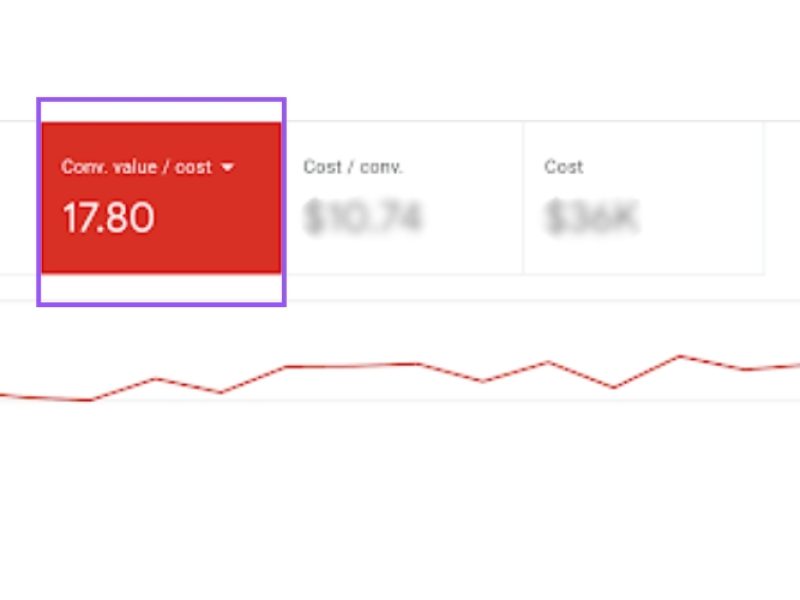Starting a Shopify store is an exciting adventure, and it can be quite satisfying for a new entrepreneur. The first sales you make are quite special, but nothing really compares to taking a step back and looking at your online store grow from a start-up to a well-established business. For this to happen, you will have to tailor each part of the process to your audience’s needs, including less glamorous things like payment methods.
Whether you are new at running an e-commerce website or you are simply looking for an answer regarding Shopify payments, read along as we go through the basics.
What Payment Options Are Available for Shopify?
Every time you make a sale on your Shopify online store, the customer can pay through a third-party payment provider or directly through the Shopify system if you have activated Shopify Payments.
Payment methods are available depending on the country your store is located in, making it possible for you to select the ones that are more fit for your customer base. Shopify payment options include PayPal, manual payments, Skrill, Authorize.net, and Amazon Pay to name just a few.
Before you choose the payment methods available on your Shopify store, make sure to learn about the availability of each method in your country and how it fits with your Shopify pricing plan. Also, beware of certain fees that may apply when choosing a certain provider, including the fees associated with your bank account. Only browse providers who accept payments online.
One of the simplest ways to charge money from your customers when you sell online is to activate Shopify Payments, which is a cool direct service offered by the platform. It will not only eliminate possible crashes of third-party payment providers, but it’s also a great way to centralise all your transactions.
If you have a shop with a physical location too, you can also enable manual payments. By creating a manual payment, you allow the customers to get their order and pay for it on delivery. Their order will appear as processed, but unpaid, and you will manually check it as complete once the money is in your bank account.
Besides the basic Shopify payment options that are most commonly used, the platform also gives you the opportunity to use alternative payment methods, such as cryptocurrency. Transaction fees do apply, but this option can appeal to certain niches.
How to Choose the Right Payment Options for Your Store?
First of all, you need to shorten down your list to the payment options that are available in your country, more precisely, the country where your store is based. If you are based in Europe but you mainly sell to American customers, there are certain solutions, but you have to make sure it works both ways.
Applied fees are very important in the process of choosing the right payment options for your store. Check out carefully what each available provider requires you to pay for each transaction and do the math. Higher transaction fees, even if they don’t seem that big of a deal, in the beginning, can negatively affect your profit margins. Even though saving money by religiously checking the credit card fees and other applied fees will not make your business rich, it’s the little things embedded in your vision that make the difference. Maybe now you sell 10 items a week, but what if you will sell 100 a week? Do you want to pay those fees?
What are Shopify Payments?
Available only in a specific list of countries, this service is offered by Shopify in order to simplify the payment, invoicing, and withdrawal system. By using Shopify Payments, you no longer need third-party payment gateways, which would require you to authenticate each time. Also, you would have all your transactions in one place, making it easier to get reports and check the statistics for a certain time period.
The seamless integration of all the payment functions directly in your Shopify dashboard is a great advantage. Launched in 2013, Shopify Payments has been reviewed positively by store owners, making it more pleasant for them to work with Shopify.
Another advantage of using Shopify Payments is that you are able to check your transactions in real-time, whereas third-party payment gateways can have you wait for several days before checking an online transaction, especially credit card ones.
For more advanced Shopify Payments features, you can switch to PRO.
What is the Shopify iPad POS?
For businesses that operate in a physical location as well, Shopify offers the option of setting your own selling point with the help of an iPhone or iPad. First, you should check if it’s legal in your country to operate on such a POS, but generally, the laws accept this form of payment management.
Go to the Shopify POS dashboard and set your administrative information, making sure to have a strong password and two-factor authentication. Create staff accounts and assign a PIN login for each of them, if you don’t want them to access the admin account. You can add in between 4 and 8 locations in your Shopify POS, depending on the Shopify plan you’re on.
After setting your account, start adding products and make the inventory for each location. Similarly to the online store management, you will be able to create collections and add images to easily identify the needed product in your stock.
Next, you can move on to setting your payment options. You can go with the Shopify Payment feature or choose a third-party payment provider. You can also configure a card reader if you want to enable your customers to pay by swiping, inserting, or manually inserting the info of their debit or credit cards. Shopify has certain options available in selected countries, but if you are not part of the list, you can still use an external card reader with your Shopify POS app.
Do You Want to Know More About Shopify Payment Options?
Instead of navigating through the complex manual database on Shopify, you can ask for help from someone who did this before. We have a team of Shopify Website design experts at Australian Internet Advertising who have set Shopify stores for years, configuring them to best fit the business owner’s needs.




